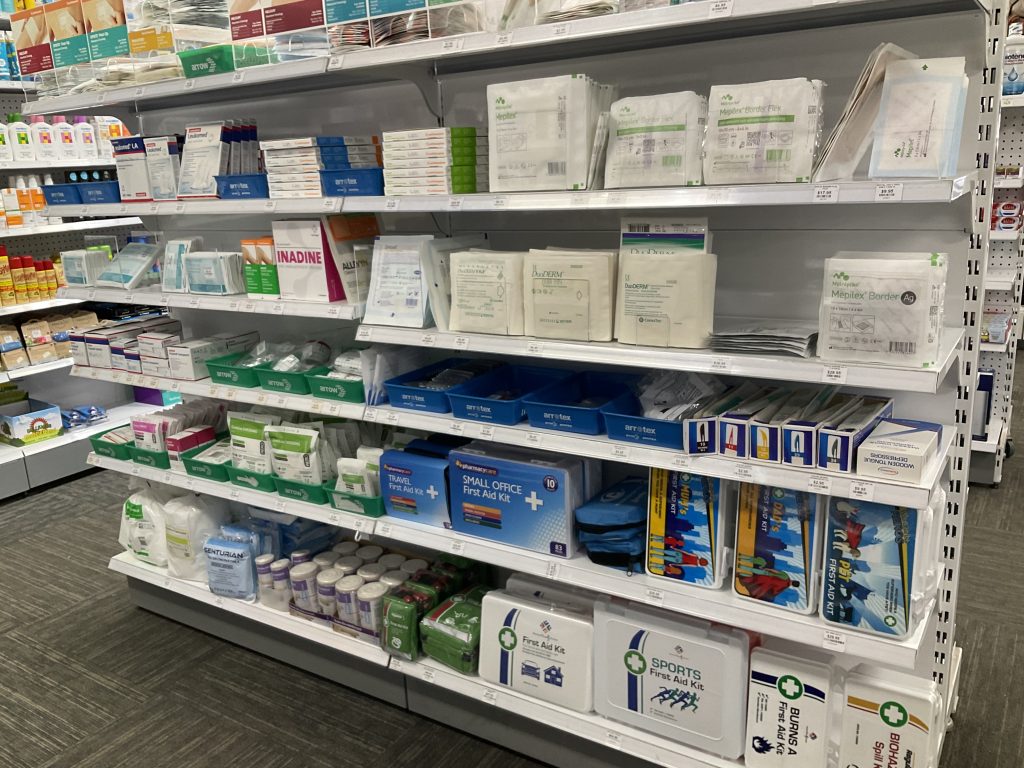
Every day, nearly half a million Australians suffer from a chronic wound with the cost of managing this close to $3billion annually. Despite this, wounds remain a silent epidemic. Wounds can affect people at any stage of life, however the most concerning are wounds that don’t heal, and go on to ulcerate.
However, these wounds are completely treatable with the right care.
A wound is any damage or break in the surface of the skin.
- Accidental: Burns, abrasions, paper cuts & skin tears.
- Surgical: Incisions.
- Disease related: Diabetic and Vascular ulcers.
- Skin conditions may also develop into a wound: Eczema or Psoriasis.
Wounds generally fall into two categories:
- Acute
- Chronic
Acute wounds occur suddenly and progress through the stages of healing as expected.
Chronic wounds are acute wounds that have not progressed through the stages of healing normally. They may heal at a much slower rate, heal only partially, or recur after partial or complete healing. These chronic wounds are almost always associated with underlying chronic diseases that affect either blood supply or how the cells function at the wound site.
Chronic wounds typically fall into three categories: Pressure Injuries, Diabetic Ulcers and Leg Ulcers.
Pressure Injuries: Also known as bed sores, pressure sores or decubitus ulcers, these wounds are caused by pressure and/or shearing force to the skin. This generally happens to people with limited mobility or frailty who are unable to regularly move a part or all of their body to a different position.
Diabetic Ulcers: These ulcers usually begin on the feet and are a result of the nerves and circulation in the body caused by diabetes. There are three main types – Neuropathic (Due to a lack of feeling), Ischaemic (Due to poor blood supply or circulation), and Neuro-ischaemic (Combination of both). If left untreated these can lead to amputation in the worst-case scenarios.
Leg Ulcers: A leg ulcer is a wound between the knee and ankle joint that is slow to heal due to circulation problems. There are two types of leg ulcers – Arterial (Usually occur on the lower part of the leg, can be small and sometimes deep and often painful), and Venous (Usually occur around the ankle, are shallow and can be painful).
If you have a wound that is not healing like it should – be sure to consult your local medical professional.